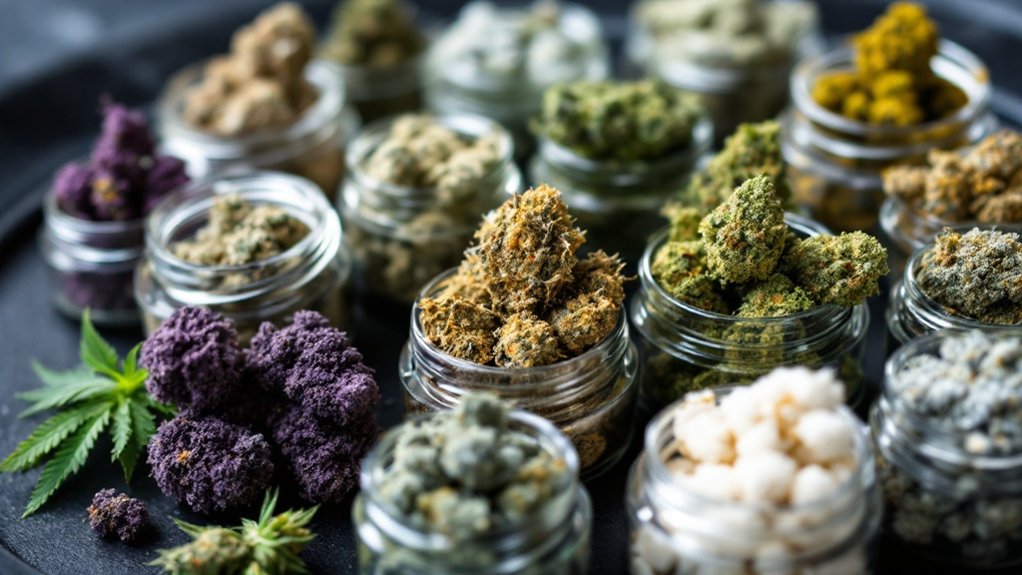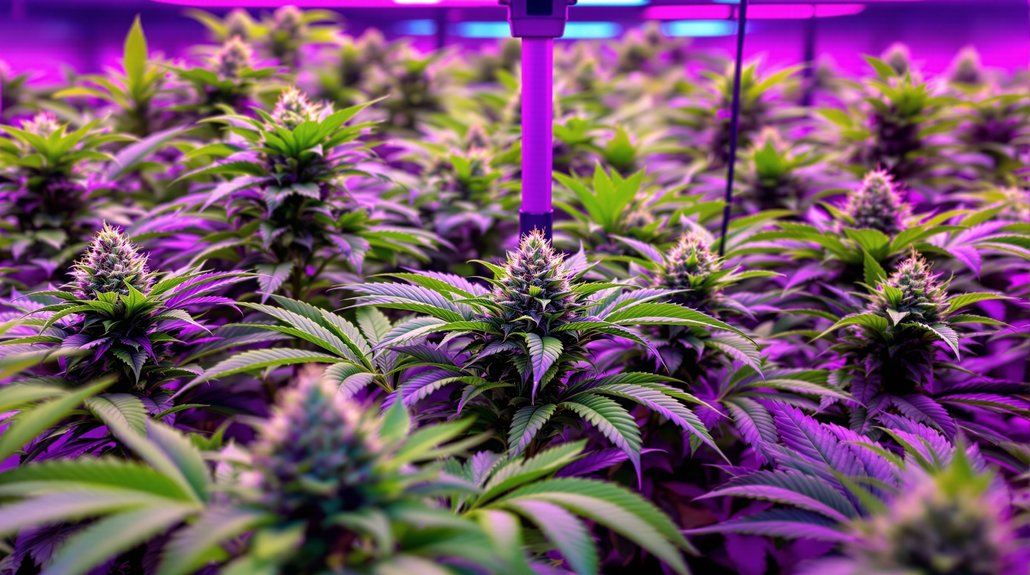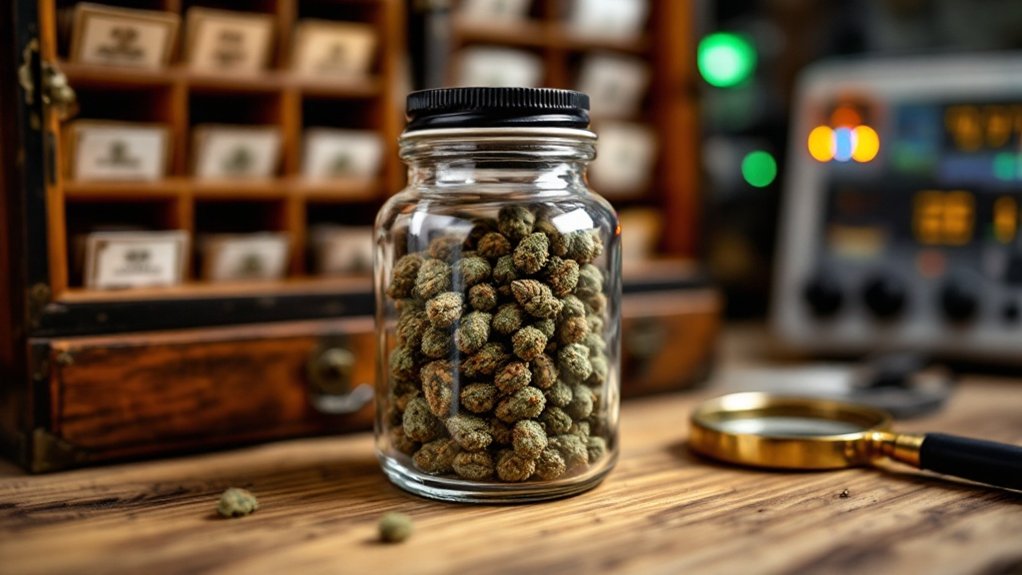Manufacturing companies face an unprecedented wave of product liability claims that can devastate even well-established businesses overnight. Recent court settlements reveal how seemingly minor labeling oversights and quality control gaps have resulted in multimillion-dollar judgments, forcing some manufacturers into bankruptcy. The surge in consumer awareness, coupled with increasingly aggressive litigation strategies, has transformed product liability from a manageable business risk into a potential company killer. Understanding the three critical defense strategies can mean the difference between survival and closure.
The Rising Cost of Manufacturing Defects and Labeling Failures
As manufacturing defects and labeling failures continue to drive product liability claims to unprecedented levels, businesses across the United States face mounting financial pressures that threaten their operational stability.
Manufacturing defects drove product liability cases to nearly double over nine years, creating unprecedented financial exposure for businesses nationwide.
The financial impact proves substantial, with $93 million awarded across 48 resolved suits in 2022 alone. Companies in high-risk industries like pharmaceuticals and automotive face particularly stringent regulatory frameworks that prompt them to adopt robust insurance measures.
Information defects, including insufficient warnings and ambiguous instructions, serve as primary lawsuit catalysts. Most product liability cases that reach resolution conclude through settlement agreements, representing approximately 66% of all liability cases, while only 6% result in definitive wins for either defendants or plaintiffs.
Most states recognize labeling failures as grounds for strict liability, even when design and manufacturing remain sound, creating additional exposure for manufacturers who must navigate increasingly complex regulatory expectations.
Laboratory Testing Requirements That Protect Your Bottom Line
Laboratory testing requirements serve as a critical defense mechanism, protecting companies from devastating financial exposure. Compliance with federal and state regulations, including FDA and CLIA standards, requires regular audits and certifications that validate testing procedures.
Failure to meet these standards can trigger regulatory fines, forced shutdowns, and extensive retesting requirements.
Proper implementation of standard operating procedures and quality assurance programs reduces the risk of errors that lead to liability claims. Mislabeled samples or inaccurate results can result in significant legal exposure for bodily injury or property damage. Professional liability insurance provides essential protection against errors in specimen handling and reporting that could compromise test integrity.
Chain-of-custody protocols, traceability measures, and tamper-evident records provide essential legal defensibility when manufacturers face product liability lawsuits or regulatory investigations. Equipment breakdown insurance protects against unexpected breakdowns that disrupt critical testing operations and compromise sample integrity. Cannabis businesses should maintain comprehensive suspicious activity reports to demonstrate regulatory compliance when seeking financial services from the 831 institutions currently serving the industry.
Strategic Coverage Options to Survive Million-Dollar Lawsuits
When product liability lawsuits reach seven or eight-figure settlements, manufacturers without adequate insurance coverage face financial ruin.
Strategic coverage selection requires understanding that general liability policies often exclude product-related risks, making specific product liability insurance essential for thorough protection.
High-value products in the cannabis industry demand elevated coverage thresholds matching potential exposure levels.
Coverage limits define maximum payouts per claim, with class action settlements and punitive damages potentially exceeding $200 million over several years.
Businesses must review contractually required insurance limits from distributors and partners for compliance. Many U.S. states legally mandate product liability coverage for manufacturers, making compliance essential to avoid regulatory penalties.
Policy riders and endorsements help close coverage gaps, including recalls and foreign sales protection.
This article provides general educational information about insurance and compliance requirements. Specific regulations vary by state and change frequently. Always consult with legal counsel and insurance experts for guidance on your specific situation and jurisdiction. For more information, check out our Guide to Cannabis Business Insurance.









